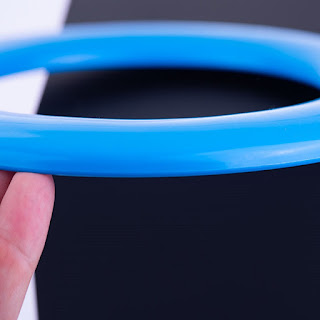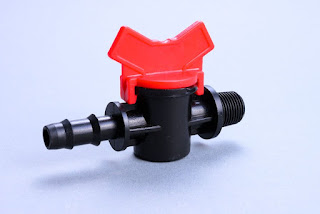Overview of the Development of Plastic Products
An examination of the mould flow should be done before the first prototype of a plastic injection moulding die is started. Mould flow analysis is not necessary for every application. Plastic engineers will offer suggestions for including mould flow analysis in the production budget based on the product geometry and tolerance specifications.

What is a Mold Flow Analysis in Plastic Product Design?
Mold flow analysis enables businesses to enhance the design of their injection moulds and create better products through the use of software to mimic plastic flow.
Manufacturers can identify potential issues by performing mould flow analysis to gain a view of how the material they are employing will fill a mould hole. This will predict how to produce parts that are as light, sturdy, and consistent as possible from each cavity in the mould. The plastic is melted in the injection moulding machine, injected into the mold, cooled, and solidified to create the completed product. This can also offer a chance to optimise the melt temperature, moulding pressures, fill cycle times, etc. before the first piece of art is produced. By using software for mould flow analysis, you can virtually alter the mould before the actual cutting and reduce production costs.
Mold Flow Analysis In Plastic Product Design
i) Fill/Pack Analysis
The filling and packing study allows the designer and toolmaker to predict how the selected resin will behave as it flows through the mould to produce your items. To optimise the fill and pack for an injection moulding tool, the following qualities will need to be improved:
● To facilitate smooth resin flow, the gate and runner sizes must be adjusted.
● The tool will be the appropriate size for the tonnage needs.
● Practical sink mark identification
● Improved gate location is possible.
● Molding parameters, such as pressure, can be altered and verified
● One can verify the selected resin.
● One can pinpoint the placement of the gas traps.
ii) Study of Cooling (Steady State And Transient Analysis)
For calculating cycle time, the cooling phase is frequently crucial. Analyzing the cooling phase will reveal the coolant conditions needed to maximise the efficiency of the suggested cooling architecture. To avoid making expensive and difficult changes to the mould, it is possible to compare the effectiveness of high-conductivity mould inserts and cooling features like baffles and bubblers in advance. An investigation of cooling can help with:
● Cycle time reduction
● The injection moulding tool's coolant pathways have been optimised.
● choice of inserts with high conductivity
● Warpage impact is discernible
● Assessment of baffles and bubblers
● detection of circuit pressure decreases
iii) Warp Analysis
A warp analysis is used to determine the root cause of warping and offer a solution, such as moving the gate, adjusting the design specifications, or minimising the variances in wall thickness. Designers employ the injection moulding technique to mass-make intricate, precise objects.
After the part has been designed, it is crucial to confirm that it can be produced within tolerance and won't warp excessively. Many factors, including the part design, the resin selected, the fibre orientation, the moulding procedure, and the cooling system, might influence warp. By doing a warp analysis, we can pinpoint the root causes of post-moulding part distortion and create the framework for upcoming changes that will lessen or even eliminate the distortion.
iv) Structural Finite Element Analysis (FEA)
When plastics are used in more performance-demanding applications, engineers need a technique to evaluate the design of a part to ensure its performance throughout the planned lifetime. The strength of each part cavity is predicted using FEA analysis. The FEA analysis predicts the weak regions (along with the strongest spots), which can be strengthened for breakpoints, fracture points, and durability during the length of the product's existence. The selection of material or resin, part designs, moulding procedures, and assembly methods can all be enhanced from there to deliver a part of a higher quality.
To know more about customized injection frisbee, visit Moulding-Injection.
Conclusion
These several analyses are related to one another and must be taken into account all at once. These analyses frequently yield information on displacement, temperature profile, stress, creep behaviour, strain, etc. These analysis techniques aid in the resolution of plastic issues, which encourages the production of lower-priced, higher-quality products. When constructing plastic parts, it is essential to comprehend how the plastic will behave in the environment and the operating stress it will experience.

Comments
Post a Comment